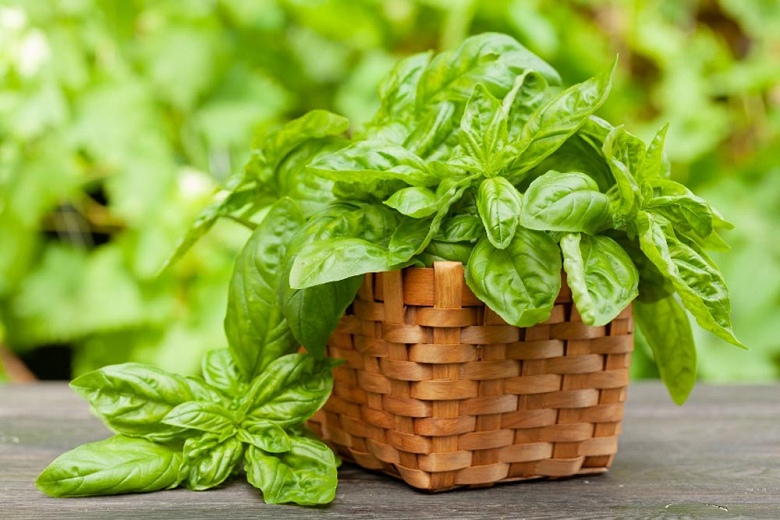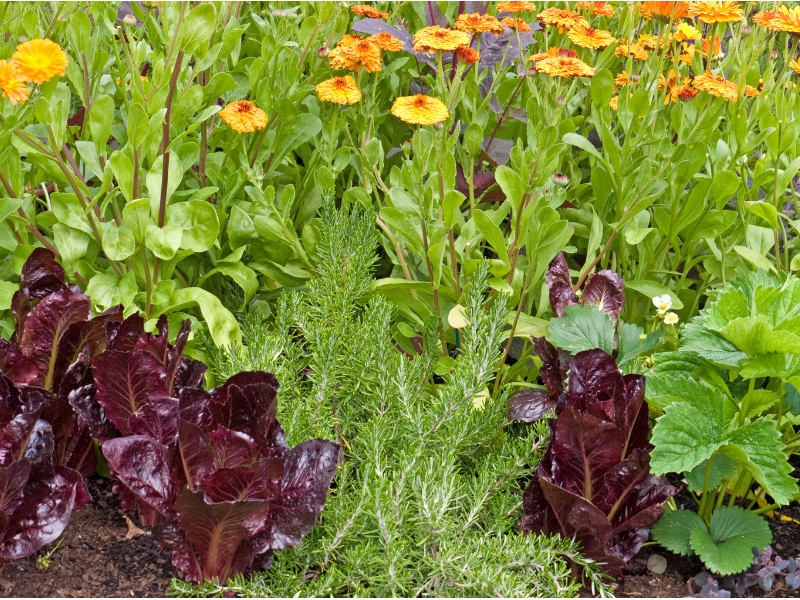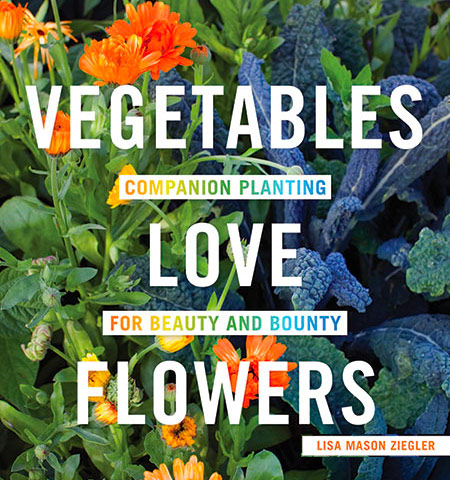Holy Basil: The Ultimate Companion Plant Guide
Holy Basil: The Ultimate Companion Plant Guide
Holy basil (Ocimum tenuiflorum), also known as tulsi, is a sacred herb in India with a long history of medicinal and culinary use. It is a member of the mint family and is native to tropical Asia. Holy basil is a hardy plant that can be grown in a variety of climates, but it prefers full sun and well-drained soil.
Holy basil is a versatile plant that can be used in a variety of ways. The leaves can be eaten fresh or dried, and they are a popular ingredient in Indian cuisine. Holy basil can also be brewed into a tea, and it is a common ingredient in Ayurvedic medicine.
In addition to its culinary and medicinal uses, holy basil is also a valuable companion plant. Companion planting is the practice of planting certain plants together to benefit each other. When planted together, holy basil and other companion plants can help to improve each other's growth, deter pests, and attract beneficial insects.
Here are some of the best companion plants for holy basil:
- Asparagus: Asparagus is a good companion plant for holy basil because it attracts ladybugs, which help to control aphids and other pests.
- Borage: Borage is a flowering herb that attracts pollinators, such as bees and butterflies. These pollinators help to pollinate the holy basil plants, which leads to a better harvest.
- Chamomile: Chamomile is a flowering herb that has insect-repelling properties. Planting chamomile near holy basil can help to deter pests such as aphids and mosquitoes.
- Chives: Chives are a member of the onion family, and they have a strong scent that deters pests. Planting chives near holy basil can help to keep pests away.
- Marigolds: Marigolds are another flowering herb that has insect-repelling properties. Planting marigolds near holy basil can help to deter pests such as whiteflies and thrips.
- Potatoes: Potatoes are a good companion plant for holy basil because they help to repel potato beetles.
- Tomatoes: Tomatoes are another good companion plant for holy basil. They help to repel tomato hornworms, which are a common pest of tomatoes.
In addition to these plants, there are a few plants that you should avoid planting near holy basil:
- Cucumbers: Cucumbers and holy basil compete for resources, such as water and nutrients. Planting them together can stunt the growth of both plants.
- Fennel: Fennel also competes with holy basil for resources. Planting them together can lead to poor growth and a lower yield.
- Sage: Sage has a strong scent that can inhibit the growth of holy basil. Planting them together is not recommended.
By planting holy basil with the right companion plants, you can help to improve its growth, deter pests, and attract beneficial insects. This will lead to a healthier and more productive garden.
Holy basil, also known as tulsi, is a sacred herb in Hinduism and has a long history of medicinal and culinary use. When grown in the garden, holy basil can attract beneficial insects, repel pests, and improve the flavor of neighboring plants.
Some of the best companion plants for holy basil include:
- Marigolds: Marigolds help to repel aphids, whiteflies, and other pests that can damage holy basil plants.
- Potatoes: Holy basil can help to protect potato plants from tomato hornworms and other pests.
- Oregano: Oregano and holy basil both have strong scents that can deter pests. They also complement each other's flavors when used in cooking.
- Rosemary: Rosemary and holy basil both have medicinal properties and can be used to make tea. They also look beautiful together in the garden.
For more information about holy basil companion plants, please visit Garden Wiki. This website provides a comprehensive list of plants that can be grown successfully with holy basil, as well as tips for planting and care.
FAQ of holy basil companion plants
Q: What are the best companion plants for holy basil?
A: Holy basil is a versatile plant that can be paired with a variety of other plants. Some of the best companion plants for holy basil include:
- Tomatoes: Holy basil and tomatoes are a classic companion pairing. The strong scent of holy basil helps to repel pests that can damage tomatoes, such as aphids, whiteflies, and spider mites.
- Peppers: Holy basil also makes a good companion plant for peppers. The two plants benefit from each other's pest-repelling qualities.
- Lettuce: Lettuce and holy basil are both cool-season crops that can be planted together. The lettuce will provide shade for the holy basil, which can help to protect it from the hot sun.
- Asparagus: Asparagus and holy basil are both beneficial to each other's growth. Asparagus helps to improve the drainage of the soil, which is beneficial for holy basil. Holy basil, in turn, helps to repel asparagus beetles.
- Beans: Beans and holy basil are both nitrogen-fixing plants. This means that they can help to enrich the soil with nitrogen, which is beneficial for both plants.
Q: What are the benefits of planting holy basil with other plants?
A: There are several benefits to planting holy basil with other plants. These include:
- Pest control: Holy basil has a strong scent that helps to repel pests. Planting holy basil with other plants can help to protect them from pests.
- Nutrient-rich soil: Holy basil is a nitrogen-fixing plant. This means that it can help to enrich the soil with nitrogen, which is beneficial for other plants.
- Attracting pollinators: Holy basil is a flowering plant that attracts pollinators, such as bees and butterflies. Planting holy basil with other plants can help to attract pollinators, which can help to pollinate other plants in the garden.
- Diversity: Planting holy basil with other plants can help to add diversity to the garden. This can help to attract a variety of beneficial insects and animals, and it can also make the garden more visually appealing.
Q: What are some of the plants that should not be planted near holy basil?
A: There are a few plants that should not be planted near holy basil. These include:
- Celery: Celery can compete with holy basil for water and nutrients.
- Cucumbers: Cucumbers can attract the same pests as holy basil, so planting them together can increase the risk of pest infestation.
- Potatoes: Potatoes can release a chemical that can stunt the growth of holy basil.
Q: How far apart should holy basil and other plants be planted?
A: The spacing requirements for holy basil and other plants will vary depending on the specific plants involved. However, as a general rule, holy basil should be planted at least 12 inches apart from other plants. This will give the plants enough space to grow and thrive.
Image of holy basil companion plants
- Image 1: A row of holy basil plants with tomatoes growing nearby.

- Image 2: A pot of holy basil with marigolds and oregano growing around it.

- Image 3: A bed of holy basil with lettuce and carrots growing in it.

- Image 4: A cluster of holy basil plants with cucumbers and beans growing nearby.

- Image 5: A row of holy basil plants with dill and parsley growing in between.

Post a Comment for "Holy Basil: The Ultimate Companion Plant Guide"